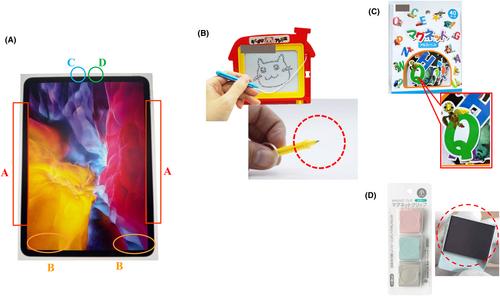Impact of magnetic fields from tablets, laptops, smartphones, and household/leisure magnets on cardiac implantable electronic devices
Abstract
Background
Cardiac implantable electronic devices (CIEDs) activate the magnet response at a magnetic flux density of ≥10 gauss (G), which may cause unintended pacing, leading to discomfort or even severe arrhythmias. Information processing devices have recently incorporated magnets, which may activate the magnet mode in patients with abdominally implanted devices, subcutaneous implantable cardioverter-defibrillators (ICDs), or extravascular ICDs.
Methods
We investigated the effects of the magnetic fields generated by information processing devices (tablets, laptops, and smartphones) and household/leisure magnets on 13 models of CIEDs, analyzing their association with magnet mode activation in different manufacturers' CIEDs.
Results
The tested magnet materials exhibited a maximum magnetic flux density of 290–1360 G. The magnetic flux density distribution in the information processing devices was as follows: accessory connectors, speakers, cameras, and microphones (p = 0.0001). The median activation distances for the magnet mode were 6.5 (range, 4–15), 5 (4–11.3), and 0.01 (activated only when attached; 0–7) mm for tablets and laptops, smartphones, and household/leisure magnets, respectively (p < 0.0001). The maximum distance at which the magnetic flux density decreased below 10 G was the longest for tablets and laptop computers at 18 mm.
Conclusion
Information processing devices and household/leisure magnets can affect CIEDs when placed in close proximity. Among the devices tested, magnet mode activation did not occur at distances of ≥20 mm. Considering the increasing prevalence of information processing devices and the growing adoption of nonthoracic CIED placements, raising awareness among patients about potential interactions is crucial.


 求助内容:
求助内容: 应助结果提醒方式:
应助结果提醒方式:


